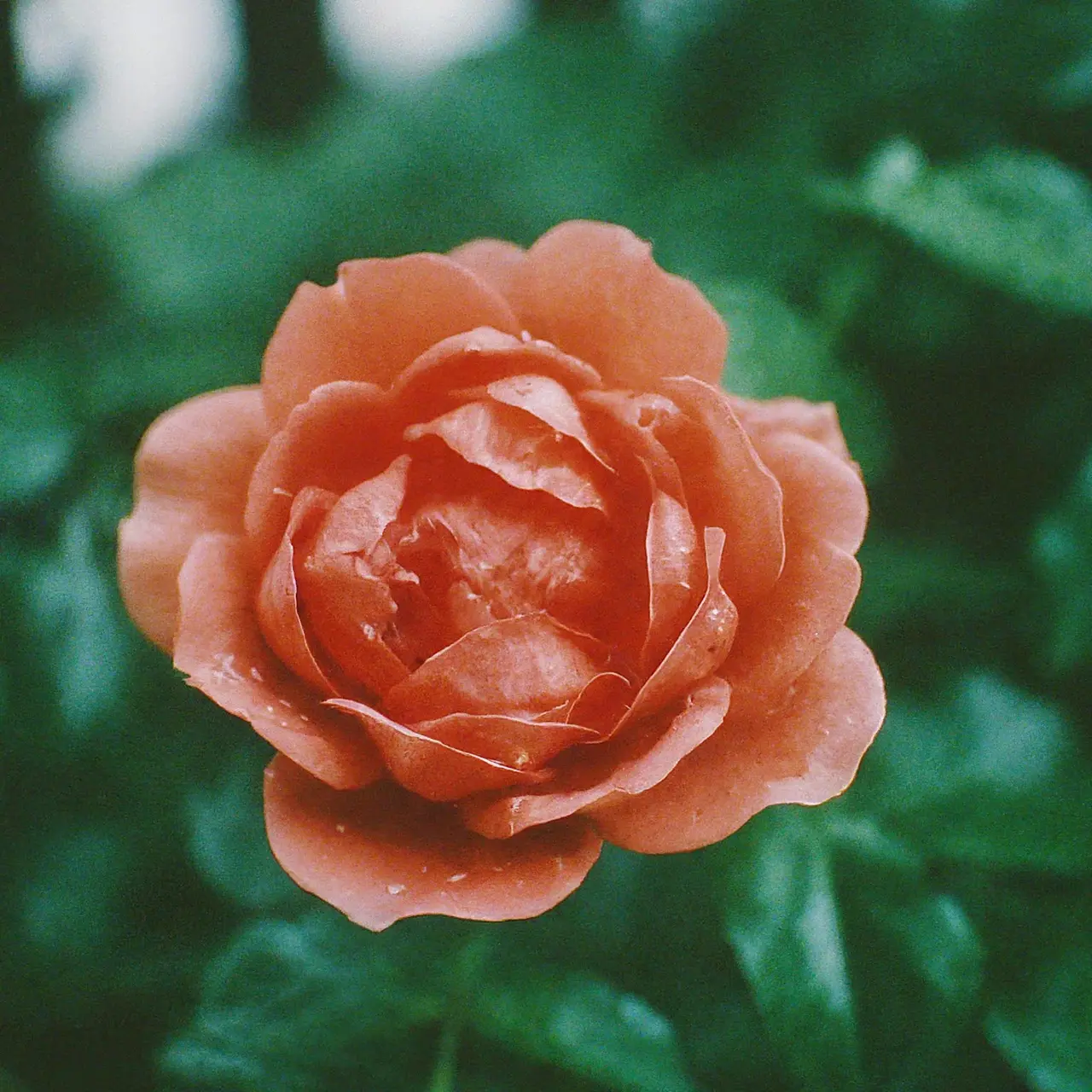Garden roses are beloved for their beauty and fragrance, sparking curiosity about their adaptability across different climates. This blog will explore the resilience of garden roses, providing insights and tips for gardening enthusiasts looking to nurture them in varying environmental conditions.
Understanding the Basics of Garden Roses
Garden roses, with their lush petals and captivating fragrances, can seem like delicate creatures, yet their resilience might surprise you. Before diving into the specifics of climate adaptability, it’s important to understand the different varieties of garden roses available. From the robust Hybrid Teas to the charmingly fragrant English Roses, each variety has unique characteristics, including varying degrees of cold hardiness and heat tolerance. Getting acquainted with these can help you make informed choices about which roses to cultivate in your specific climate (Andy McIndoe’s insights).
Climate Considerations for Garden Roses
Climate plays a pivotal role in the success of growing garden roses. Factors like temperature, humidity, and sunlight can greatly influence their health, growth, and blooming patterns. For instance, roses require at least 6 hours of direct sunlight daily to flourish. However, in hotter regions, providing some shade during the peak afternoon hours can protect roses from excessive heat stress. Similarly, in colder climates, choosing cold-hardy varieties and implementing winter protection strategies are crucial steps to ensure your roses can withstand the winter chill.
Selecting the Right Varieties for Your Climate
Selecting the right rose varieties is the first step towards a thriving rose garden in any climate. If you live in a region with harsh winters, consider planting Rosa rugosa or other cold-hardy species that can tolerate freezing temperatures without significant damage. On the other hand, gardeners in warmer climates might opt for roses that can withstand heat and humidity, such as the Floribunda or Grandiflora roses. Consulting with local nurseries or fellow gardeners can provide valuable insights into the best varieties for your area.
For those intrigued by the resilience and beauty of garden roses, Niels Plougmann’s expertise on roses is a treasure trove of information. Not only does he delve into the diverse species and their climatic preferences, but he also shares practical advice on managing soil conditions and optimizing blooming potential in various weather conditions.
Adjusting Care for Different Seasons
Seasonal changes require adjustments in the care of garden roses. Spring is the prime time for pruning to promote healthy growth and bloom. Summer demands vigilant watering practices to keep roses hydrated, especially in hot climates. Mulching helps retain soil moisture and keeps the root system cool. As autumn approaches, it’s essential to prepare roses for winter by gradually reducing water and ceasing fertilizer application to encourage dormancy. Simple strategies, like adding a protective layer of mulch or using rose collars, can insulate roses from freezing temperatures.
Protecting Roses from Extreme Weather
Extreme weather conditions, such as frost, heavy rains, or drought, pose significant challenges to growing garden roses. Providing appropriate protection against such conditions can be the difference between thriving blooms and withered plants. For example, installing windbreaks can shield roses from damaging winds, while proper drainage ensures that heavy rains don’t lead to root rot. In regions prone to drought, efficient watering systems and drought-resistant rose varieties can help maintain a beautiful garden despite water scarcity.
Troubleshooting Common Climate-Related Problems
Every climate poses its own set of challenges for garden roses, from black spot in humid climates to powdery mildew in areas with significant temperature fluctuations. Identifying these issues early can allow for timely intervention with appropriate treatments such as fungicides or pruning infected areas. Adjusting care routines, like modifying watering schedules to avoid evening moisture that can lead to fungal diseases, can preemptively solve many climate-related problems.
Success Stories: Garden Roses in Varied Climates
Success stories of garden roses thriving in varied climates serve as inspiration for gardeners worldwide. From the cool, temperate gardens of England to the warm, sunny landscapes of Southern California, roses adorn landscapes with their unparalleled beauty. These anecdotes underscore the adaptability of roses to different climates, provided they receive proper care tailored to their environmental conditions. By embracing the challenge of growing garden roses, you join a community of gardeners who have successfully cultivated these stunning blooms in every corner of the world.
Nurturing Garden Roses Across Climates
With the right knowledge and care, garden roses can indeed thrive in a variety of climates. From selecting appropriate varieties to implementing specific care practices, gardeners can enjoy the splendor of roses, regardless of their geographic location. Embrace the joy of rose gardening by tailoring your approach to meet the needs of these beautiful plants in your climate. For more gardening insights and tips, visit Ecorosesla.


